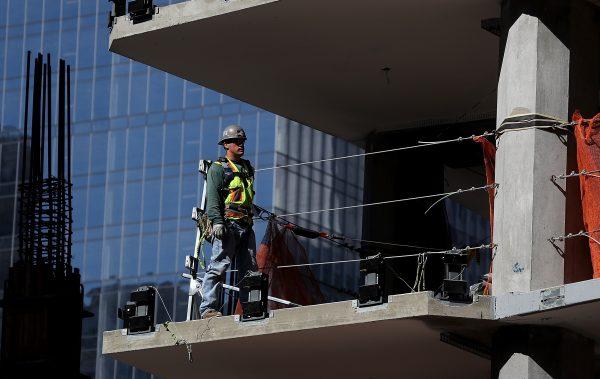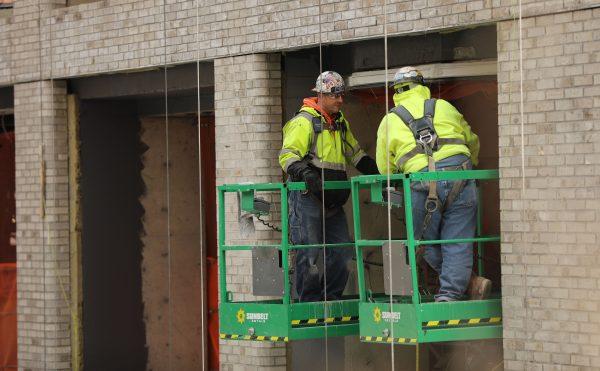U.S. private employers added 102,000 jobs in June, below economists’ expectations, a report by a payrolls processor showed on Wednesday, July 3.
Economists surveyed by Reuters had forecast the ADP National Employment Report would show a gain of 140,000 jobs, with estimates ranging from 75,000 to 190,000.
Private payroll gains in the month earlier were revised up to 41,000 from an originally reported 27,000 increase.
The report is jointly developed with Moody’s Analytics.
The ADP figures come ahead of the U.S. Labor Department’s more comprehensive non-farm payrolls report on Friday, which includes both public and private-sector employment.

Economists polled by Reuters are looking for U.S. private payroll employment to have grown by 153,000 jobs in June, up from 90,000 the month before. Total non-farm employment is expected to have changed by 160,000.
Recordings May
The economy expanded by 75,000 jobs in May, which was much less than expected. But the unemployment rate has remained at 3.6 percent, which is the lowest since December 1969, according to the Bureau of Labor Statistics (BLS).The data suggests the job market has cooled, but not to a point where it would harm employment. In fact, there are some signs the market is still improving.

On the other hand, the BLS slashed its job growth estimated for March and April by 75,000 in total, bringing the 12-month average growth to 196,000 a month—the first time it dropped below 200,000 since April 2018.
The slower job growth, paradoxically, pushed the stocks up, as traders seemed to bet it would make the Federal Reserve more inclined to decrease interest rates later this year. The Standard and Poor 500 and Dow Jones Industrial Average indexes were up more than one percent on June 7.






Friends Read Free